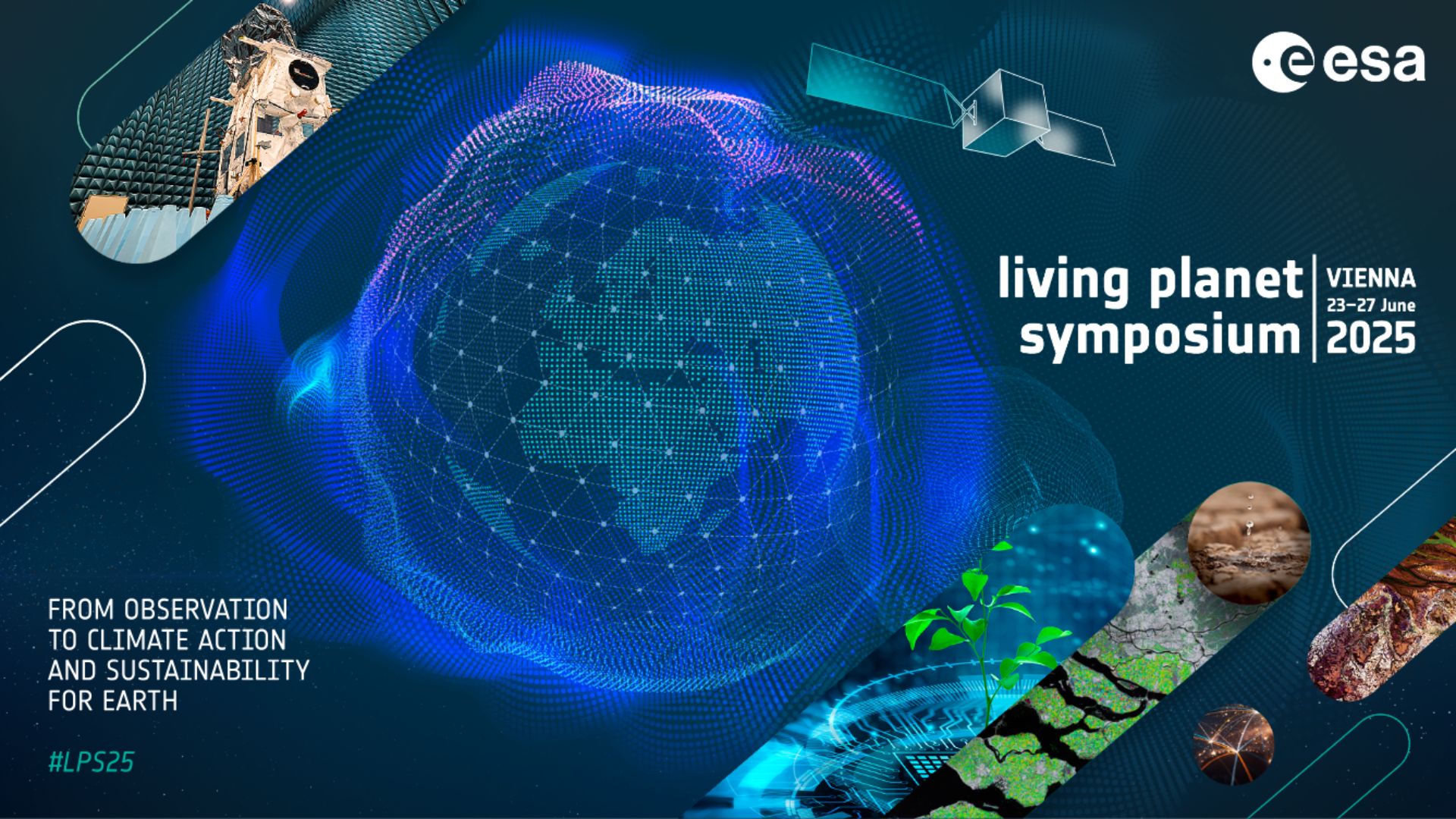Abstract submissions for the ESA Living Planet Symposium 2025 are now open
The European Space Agency (ESA) has officially opened the call for abstracts for the upcoming Living Planet Symposium, taking place in Vienna from the 23 to 27 June 2025. The call for abstracts runs from 14 October to 1 December 2024.
The symposium falls the week after the GHRSST Science Team Meeting and International SST Users’ Symposium taking place in Copenhagen, Denmark.
Are you working with the application or advancement of SST and IST observations from satellites? Find the description of our session below and where to submit your abstract!
A.08.12 Advances and applications of sea surface temperature and the Group for High Resolution Sea Surface Temperature
Sea surface temperature (SST) is a fundamental physical variable for understanding, quantifying and predicting complex interactions between the ocean and the atmosphere. SST measurements have been performed operationally from satellites since the early 1980s and benefit a wide spectrum of applications, including ocean, weather, climate and seasonal monitoring/forecasting, military defense operations, validation of atmospheric models, sea turtle tracking, evaluation of coral bleaching, tourism, and commercial fisheries management. The international science and operational activities are coordinated within the Group for High Resolution Sea Surface Temperature (GHRSST) and the CEOS SST Virtual Constellation (CEOS SST-VC) in provision of daily global SST maps for operational systems, climate modeling, and scientific research. GHRSST promotes the development of new products and the application of satellites for monitoring SST by enabling SST data producers, users and scientists to collaborate within an agreed framework of best practices.
New satellites with a surface temperature observing capacity are currently being planned for launch and operations with ESA and EUMETSAT, such as CIMR, Sentinel-3C/D, and Sentinel-3 Next Generation Optical. In addition, new ultra-high-resolution missions are in planning such as TRISHNA and LSTM. These satellite missions continue contributions to the provision of high-quality SST observations and opens up opportunities for further applications. However, this will also require new developments and innovations within retrievals, validation etc. It is therefore important that the developments within high resolution SST products are presented and coordinated with the ongoing international SST activities. Research and development continue to tackle problems such as instrument calibration, algorithm development, diurnal variability, derivation of high-quality skin and depth temperature, relation with sea ice surface temperature (IST) in the Marginal ice zone, and in areas of specific interest such as the high latitudes and coastal areas.
This session is dedicated to the presentation of applications and advances within SST and IST observations from satellites, including the calibration and validation of existing L2, L3 and L4 SST products in GHRSST Data Specification (GDS) and preparation activities for future missions. We also invite submissions for investigations that look into the harmonization and combination of products from multi-mission satellites.
Submit your abstract on the official LPS2025 page here.

